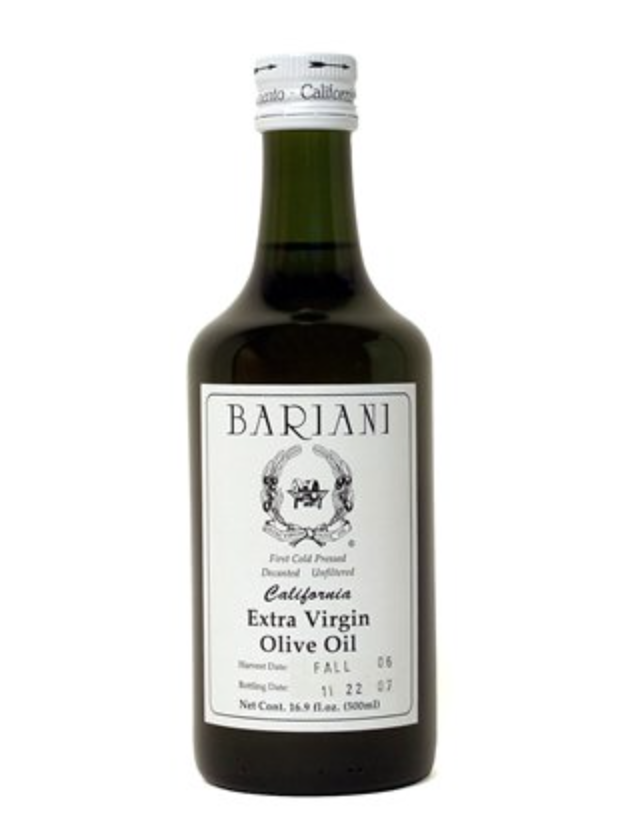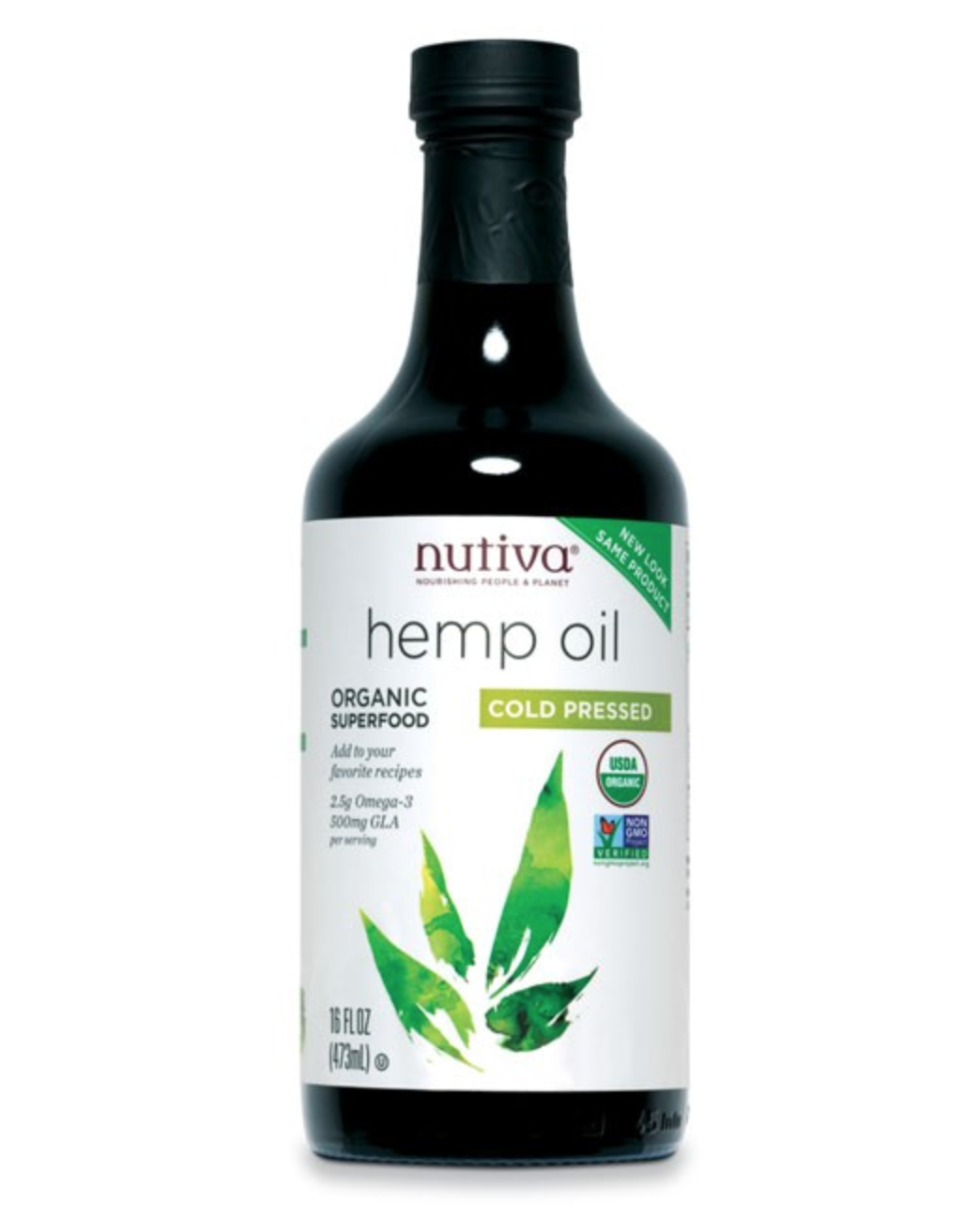Lets talk fat!
There is a lot of chatter in the health and wellness world about what fats are “good” and “bad”. Let’s sift through some of the information out there and get educated on fats so we can all learn how to make healthy substitutions to transform our pantry and transform our health.
Types of Fat:
- Natural fats contain varying ratios of three types of fats: saturated, monounsaturated and polyunsaturated. (I am excluding trans-fats on here because they should be avoided at all costs!)
- Saturated fats Contain carbon atoms that are “saturated” with hydrogen atoms, are solid at room temperature, and are very stable. They resist oxidation, so they often can tolerate higher temperatures. ( Sources include beef, lamb, pork, whole-fat dairy and tropical oils like coconut, palm, & rice bran)
- Monounsaturated fats Contain a double bond between two carbon atoms (Refer to the arrow in the picture above). These are unsaturated because the two carbon atoms could each hold one more hydrogen atom if the double-bond breaks. Because it is only unsaturated at a single point, it is mono-unsaturated.
- Monounsaturated fats are “good fats” that help lower LDL (bad) cholesterol while also boosting HDL (good) cholesterol, they are liquid at room temperature and generally are more stable than polyunsaturates. (Sources include olive oil, peanut oil, canola oil, avocados and nuts like almonds, peanuts, cashews, hazelnuts, macadamia nuts, pistachios)
- Polyunsaturated fats Contain two or more pairs of double bonds (Refer to the arrows in the picture above). Since it is unsaturated at multiple points, it is poly-saturated making them liquid at room temperature and generally the least stable for cooking. Polyunsaturated fats have been thought to lower both good and bad cholesterol because they are sources of omega-3 and omega-6 “essential” fatty acids. (Sources include vegetable oils like corn, cottonseed, soybean, sunflower, sesame as well as nuts, seeds and fatty fish).
Use Unrefined Oils to gain the most health benefits:
Unrefined oils are best used unheated in dressings, or with low heat sautéing or baking. Unrefined, cold pressed oils are more delicate than processed or refined oils so store in a cool dark place away from heat and keep oils like flax, macadamia, avocado, and walnut refrigerated for optimal shelf life.
Use Expeller Pressed Oils to avoid Chemically toxic solvents:
Mass-market oils generally use toxic solvents such as hexane. These oils then undergo harsh treatment to remove the solvent. More chemicals, very high heat, and straining methods to deodorize and bleach the oils render them inferior in taste, fragrance, appearance and especially nutritional quality.
Look for the words “Cold Pressed” “Expeller Cold Pressed” “Unrefined” and look for dark glass bottles and tins. Avoid plastic containers because this exposes oil to the light which are harmful to delicate oils.
Fats to Avoid!
The following are the primary sources of highly processed, highly refined and highly oxidized oils used in processed foods:
Corn oil
Canola oil
Soybean oil
Hydrogenated or partially hydrogenated fats
Margarine and shortening
Rice Bran oil
Cottonseed oil
Margarine
Safflower oil
Grape seed oil
Most commercial salad dressing-read the labels
Low fat butter spreads/spritzers
Cooking Spray’s-Pam
Blended olive oils-used in many restaurants to cut costs
Fats to Consume
Unrefined Coconut oil
Organic Grass fed butter
Grass fed Ghee/ clarified butter
Eat but don’t heat:
Cold Pressed Hemp Oil (good plant source of omega 3’s)
Cold pressed sesame oil (great for finishing a stir fry)
Cold pressed walnut oil (good balance of omega 3’s)
Organic Macadmia Oil (great for mayos)
Avocado Oil (great for mayos) (great for cholesterol)
Cold Pressed Flax oil (great for salad dressing)
Eating at home vs Eating Out:
Restaurants and food vendors are generally more concerned with food cost and less concerned about public health. Unfortunately healthier/unrefined oils are more expensive so if you eat out a few times a week or eat any processed foods then it is highly likely that you are taking in a large quantity of refined GMO oils that directly affect your inflammation levels and overall health. The best way to combat this is to balance out the excess of Omega 6’s and 9’s by making more food at home, eliminating pre packaged foods like salad dressings, condiments, and snacks and to increase your intake of Omega 3’s in both your diet and with a supplement.
READ YOUR INGREDIENT LABELS!!!
Get the garbage out of your house!!!!
You might be thinking “what does you mean by balancing my Omega 3’s and 6’s. I don’t want to do math every time I eat!!
It’s difficult to really differentiate between good and bad fat choices with all of the ever-changing information out there until you know the proper ratios and understand the labeling of oils. I think balancing Omega 3’s and 6 fatty acids is the topic that really should be dictating the conversation on good vs bad fats and here’s why:
Americans are running an average ratio of more than 10:1 !!!! (Omega 6:Omega 3)
Before the introduction of seed oils at the turn of the last century the ratio was closer to 3:1. Optimally the ratio will be closer to 2:1 similar to our Paleolithic ancestors.
(This is one of the many reasons paleolithic mans diet has been explored so much. Did you know paleo man ate 50-100 grams of fiber a day compared to our average of less than 15 grams? Hmmmm maybe something to explore here. With these numbers its pretty easy to see why we are in the middle of a health crisis in this country.)
The 2:1 ratio of Omega 6:3 ‘s is something to keep in mind when choosing oils, foods, and fats in your daily diet. This is a balancing act for sure but it doesn’t have to be so complicated:
-Pick foods that you know are naturally high in Omega 3’s from both categories for DHA (docosahexaenoic) and EPA (eicosapentaenoic acid) from wild salmon, sardines, mackerel etc & from Vegetarian sources for ALA (Alpha-Linolenic Acid) like walnuts, chia, and flaxseeds.*
-Take a high quality Omega 3 Supplement. I prefer Omega Via
-Use fats high in Omega 3’s or with a better balance of 3:6’s like flaxseed, ghee, macadamia, hemp, and walnut.
-Rotate the fats you eat to keep your diet balanced and to avoid build up of any one particular nutrient profile.






